Tag: Colorado heritage apple trees
Apple revival: how science is bringing historic varieties back to life
Exploring the genomes of half-forgotten and heirloom apple varieties could help to ensure the future of the incomparable fruits.
When Jude Schuenemeyer picked the apple up off the ground in December 2017, he wondered whether his two-decade search was over. It was a firm winter apple, orange in colour with a distinctive ribbed shape and wider than it was tall. “We knew right away that we had never seen it before,” Schuenemeyer says.
He and his wife, Addie, started the Montezuma Orchard Restoration Project in 2008 to find and revive endangered heirloom apple varieties. The horticulturalists, based in Cortez, Colorado, had made a few discoveries, but there was one coveted variety that had eluded them: the Colorado Orange. Once a popular apple in the western United States, it had essentially disappeared by 1900. And although the Schuenemeyers had chased a few false leads in the past, this apple — from an almost-dead tree on a private piece of land near Cañon City — looked promising. Continue reading at Nature Magazine…
By Christopher Kemp, October 17, 2023
Conservation Project to Bring Heirloom Apples Back to Western Slope
A 36-acre property near Cortez in southwestern Colorado soon will be transformed into a sustainable community apple “orchard hub.” With help from The Nature Conservancy, the Montezuma Orchard Restoration Project was able to purchase the land . Jude Schuenemeyer, who co-directs the project, said they’ll use beneficial insects instead of pesticides to protect the apple trees, and underneath, there will be a range of native wildflowers to create a safe space for pollinators to refuel.
“You start to create an ecosystem there,” he said, “and, within that ecosystem, it’s a place where all the different species of bees can be in there without getting sprayed out and killed.”
Plans for a hybrid water system, using native grasses throughout the orchard with roots up to nine feet long, will create a natural underground reservoir, conserving water in an area prone to prolonged drought. Read more or listen to the full story at KDNK Public Radio…
By Eric Galatas | KDNK | July 21, 2020
Tree-a-gram
PLACE your Tree-a-Gram order by sending an email to morporchard@gmail.com. PAY for your order at the Donate Here button (click on the red apple at the sidebar).
Heritage Apple Tree Availability click to download excel spreadsheet for information on quantity and rootstock. Availability subject to change. If there are varieties that are listed on excel that do not have photos on this page that means they have sold out. Place your tree order at the donate button. Send us an email with special instructions.
Growing Apples to Conserve Water
For Jude and Addie Schuenemeyer, growing apples preserves a rich cultural history in Colorado. And, growing apples might just be a viable solution to supporting their local economy while sustainably managing water in the drought-stricken Colorado River Basin.
The Colorado River is often called America’s hardest-working river. Demands for water exceed supply, causing the river to dry up before it reaches the sea. Water from the river irrigates more than five million acres of agricultural land and provides drinking water for 40 million people across seven states and two countries. And the lack of water will only get worse as climate change increases drought and water scarcity in the West.
The scale and consequences of water and the Colorado can seem insurmountable. But, Jude and Addie are hoping their pilot project will provide a solution and spread hope for the river. Continue reading at The Nature Conservancy…
By The Nature Conservancy, March 3, 2020
New orchard takes root in Dolores
Heritage apple trees will produce 700 bushels annually ~
The persistent blank spot on Joe Rowell Park’s east side is set to blossom into a vibrant apple orchard producing heritage varieties.
This fall the Montezuma Orchard Restoration Project planted 70 trees in the Dolores park as part of a partnership with the town. Native grasses will be planted as cover for the orchard floor.
“It is here for the community to cherish, a beautiful asset that will be enjoyed by generations,” said MORP co-director Jude Schuenemeyer. “We purposely planted the rarer varieties. It will be a real place of activity where people can learn and be a part of something.” read full story in The Journal
By Jim Mimiaga Journal staff writer
Monday, Jan. 6, 2020 4:52 PM
The Colorado Orange apple was thought to be extinct until now
The Colorado Orange apple was thought to be extinct until now
Though Washington state’s apple growers recently made headlines with the introduction of the crunchy new Cosmic Crisp variety, Colorado has a long history as an apple growing state. Now that history has resurfaced with the discovery of the rare Colorado Orange apple, thought to be possibly extinct.
The discovery comes from Montezuma Orchard Restoration Project (MORP), an organization that “works to preserve Colorado’s fruit- growing heritage and restore an orchard culture and economy to the southwestern region.” Co-founders Jude and Addie Schuenemeyer started the organization to preserve the apple-growing history of Montezuma county, the Southwestern corner of the state that borders Utah, Arizona, and New Mexico.
According to MORP, Colorado was a prolific apple producing state starting in the 1860s, winning three gold medals for its fruit at the 1904 World’s Fair in St. Louis, Missouri. Since then the many grown in the state have fallen out of favor in the marketplace; luckily many of those orchards still exist, with 100-year-old trees still producing fruit. Read more in Sunset.com
for Sunset ELLEN FORT – December 30, 2019
MORP Capital Campaign
Gold Medal Orchard
11449 gold medal http://montezumaorchard.org/wp-content/uploads/2019/05/11449-gold-medal.pdf
HISTORIC GOLD MEDAL ORCHARD
Remembering Our Past, Envisioning The Future
The historic Gold Medal Orchard, located in McElmo Canyon where it joins Trail Canyon, represents one of hundreds of remnant historic orchards located in Montezuma County and across Colorado. First planted in 1890 by James Giles, the orchard soon earned its name by winning a gold medal for the quality of its apples and peaches at the St. Louis World’s Fair in 1904.
Remaining on-site are several old apple, pear, and quince trees, portions of the historic orchard fence; and under the grand cottonwoods are two historic homes with sheds and a privy.
When you visit, close your eyes and imagine what you would have seen while standing here at the turn of the 20th century. Fruit trees spread across the canyon floor, pink, white, and red blossoms snowing down in the spring, limbs heavy with crops throughout the summer and fall. Apples, peaches, apricots, pears, cherries, and plums ripening in the warm sun and cool evenings in the perfect location to grow beautiful and flavorful fruit.
Time passed, the trees grew into their grandeur, and then slowly faded into the landscape. Over 100 years later, only a few historic trees remain, hardy remnants of the orchard’s former glory. Heritage fruit varieties were lost, and the story of the Gold Medal Orchard and its prize-winning fruits was nearly forgotten.
Today, the story of the Gold Medal Orchard is remembered by the Montezuma Orchard Restoration Project (MORP) through its work to preserve Colorado’s fruit-growing heritage. In 2015, the orchard was listed as one of Colorado’s Most Endangered Places by Colorado Preservation, Inc. (CPI). In 2019, the project was awarded the EPP Progress Award by CPI at the Dana Crawford & State Honor Awards, and through cooperation with MORP and the Kenyon family, is now saved.
When you are at the orchard, open your eyes wide and take a good look at the roughly 400 fruit trees growing before you. They represent rare fruit cultivars (primarily apples) that were grafted by MORP from this and other historic Colorado orchards. Envision these young trees of old genetics reaching their prime, and then still growing another hundred years from now. Gifts of our early fruit growers passed down by MORP for future generations to taste and preserve.
You are invited to share in this vision by becoming a Sustain-a-Tree Member of MORP.




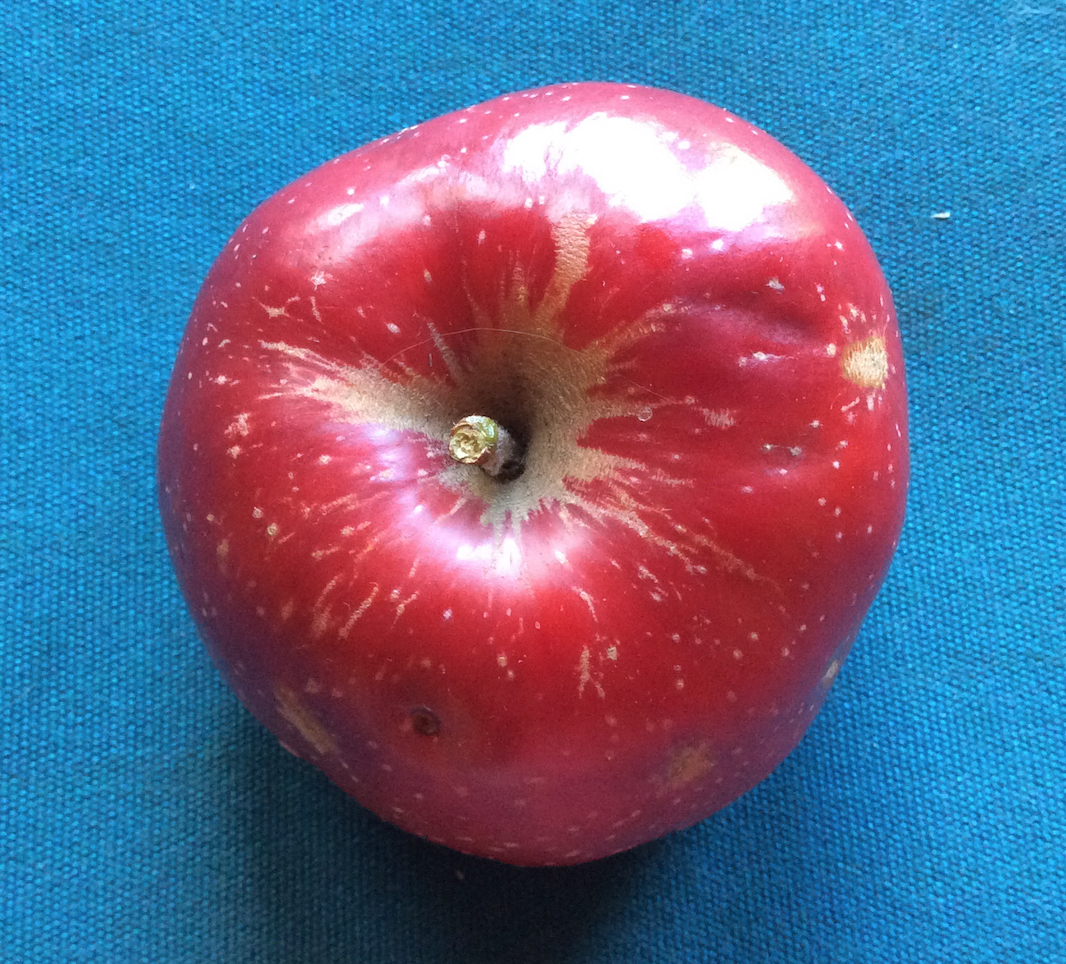
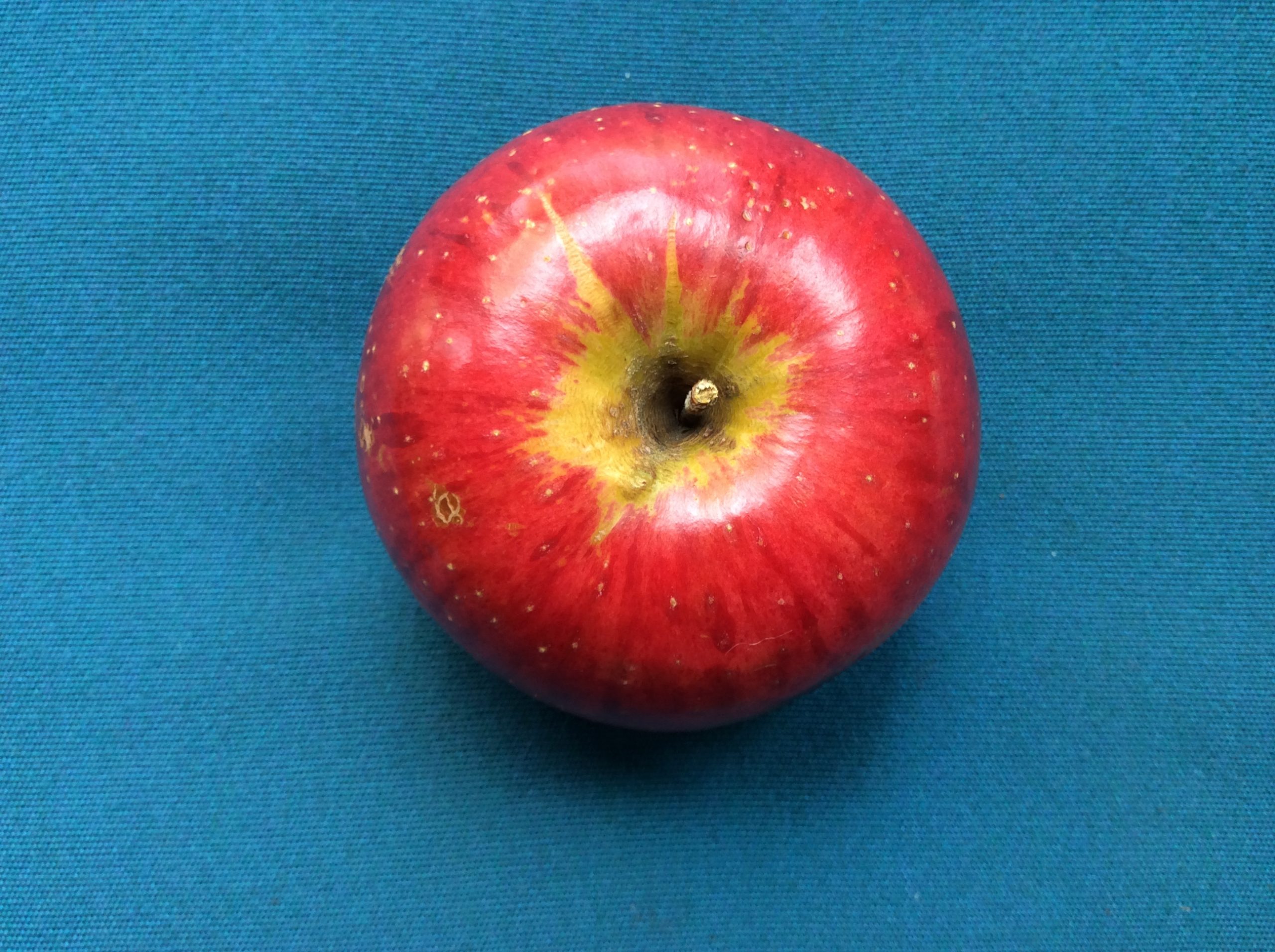
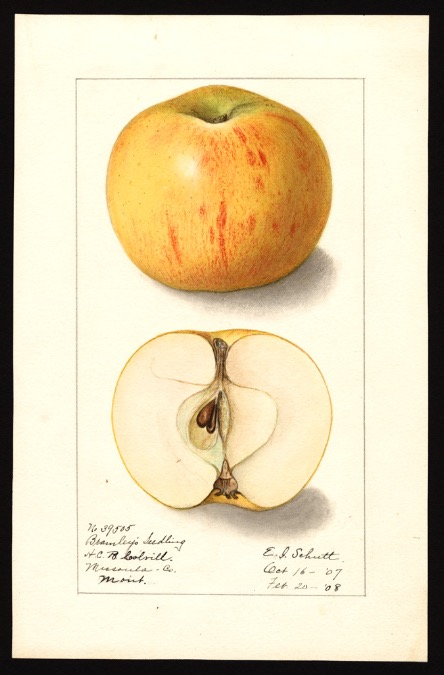
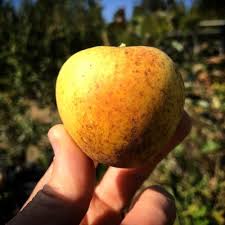
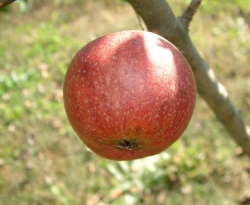
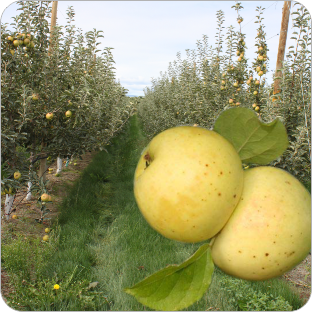
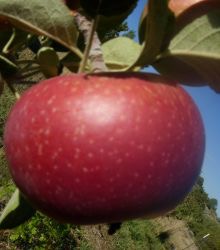
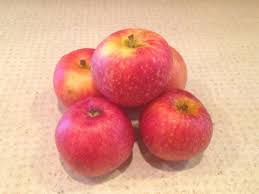
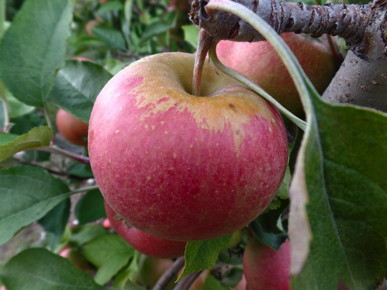
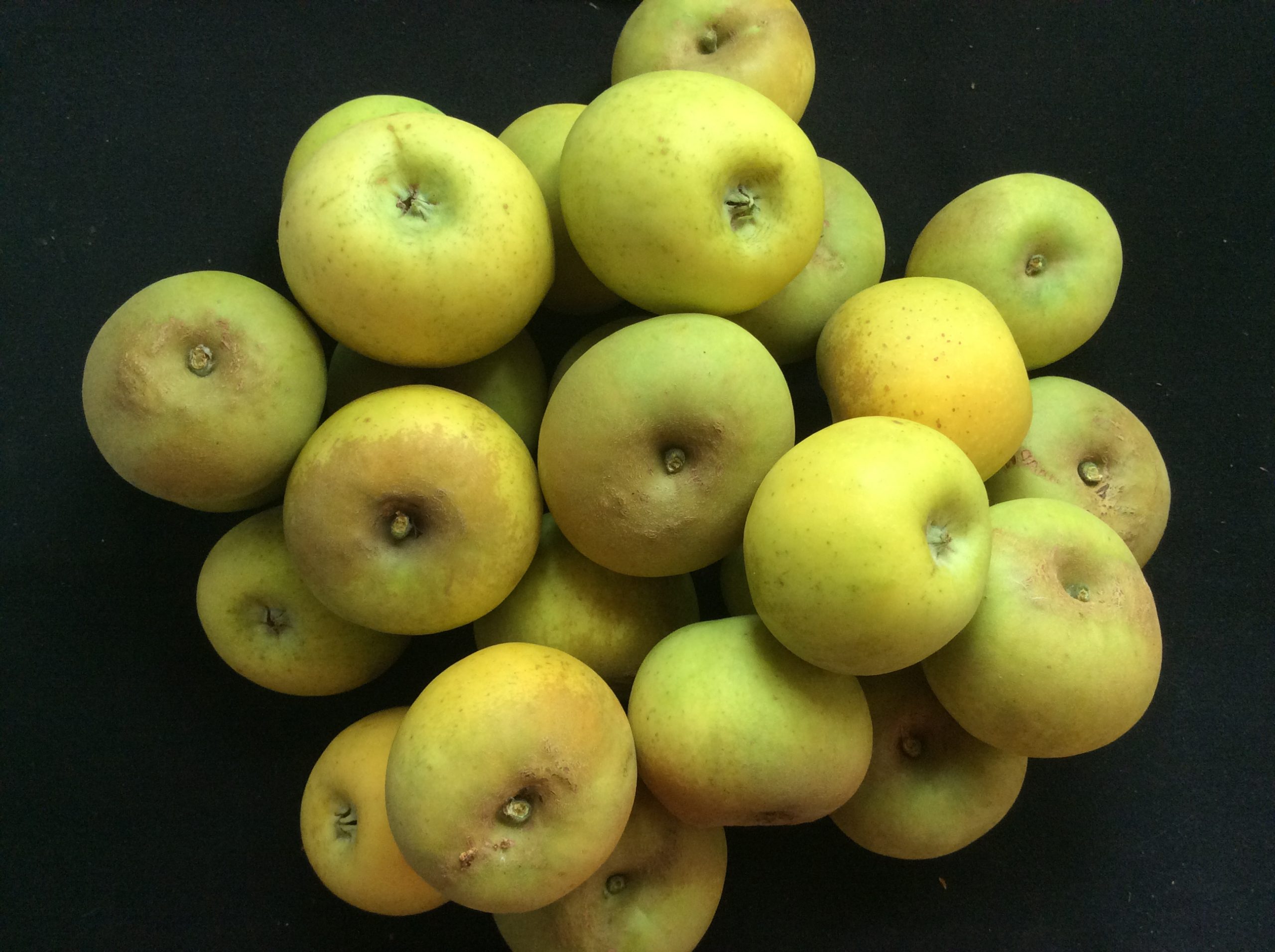
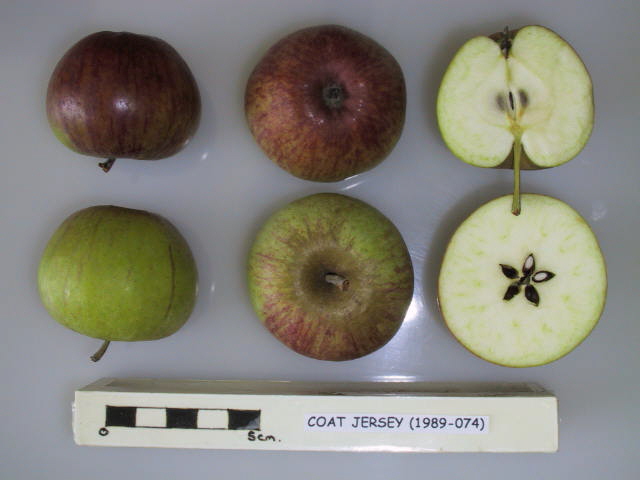
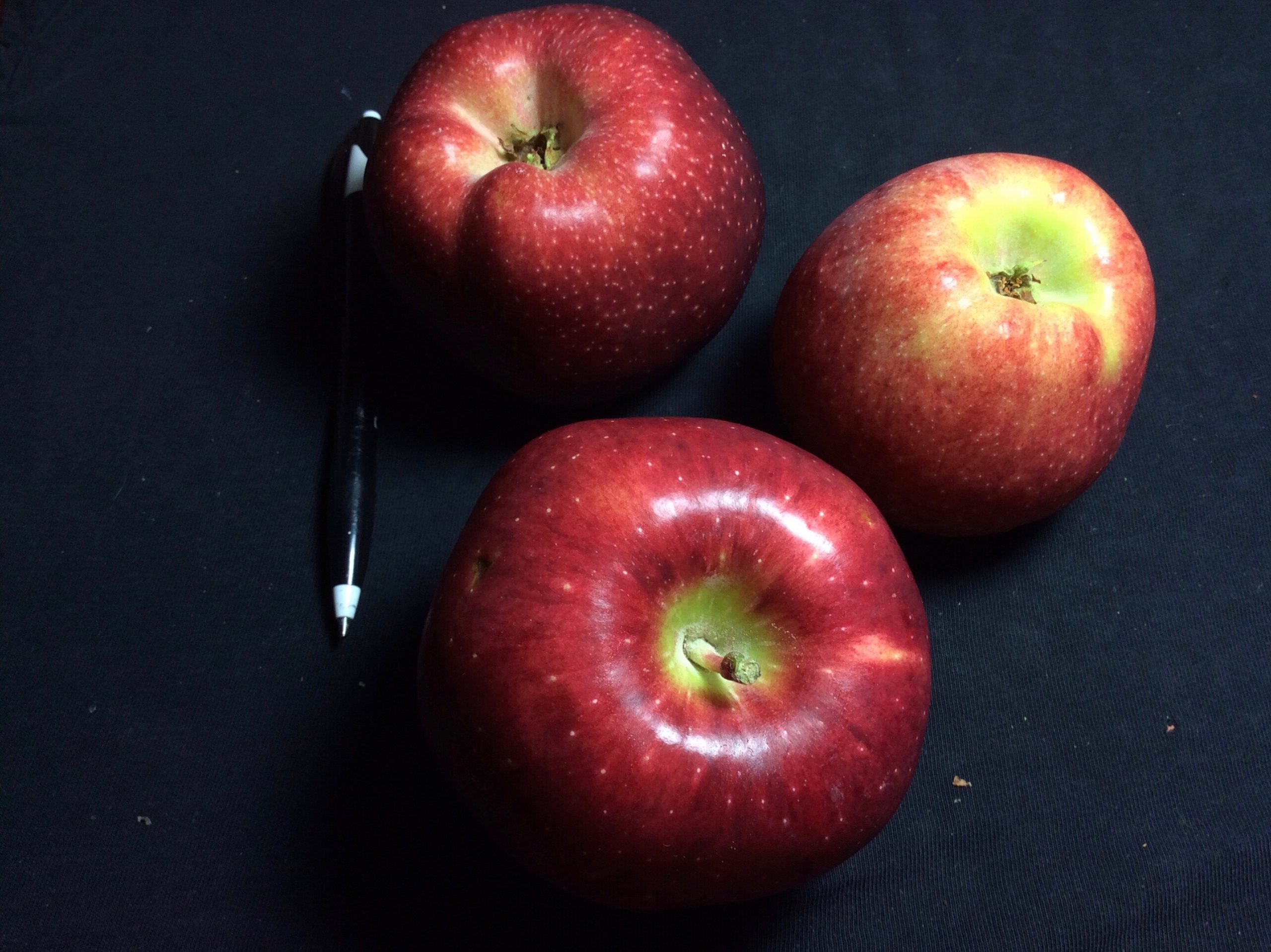
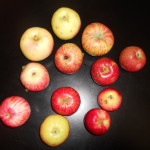
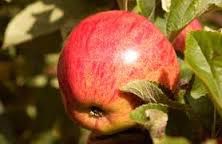
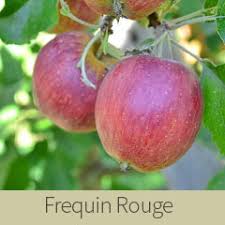
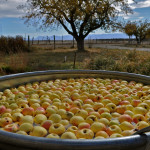
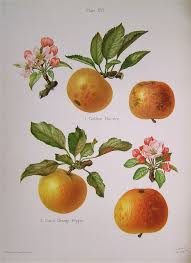
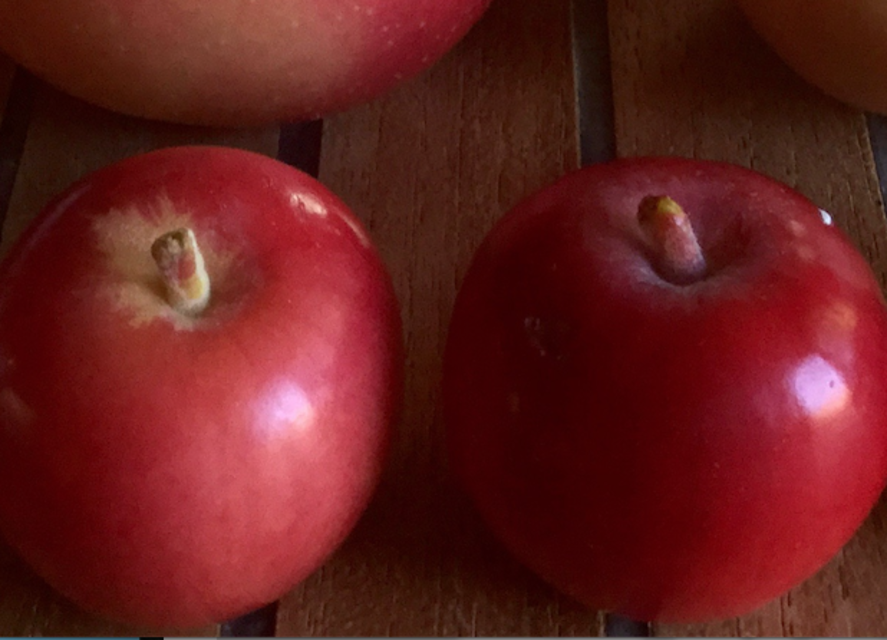
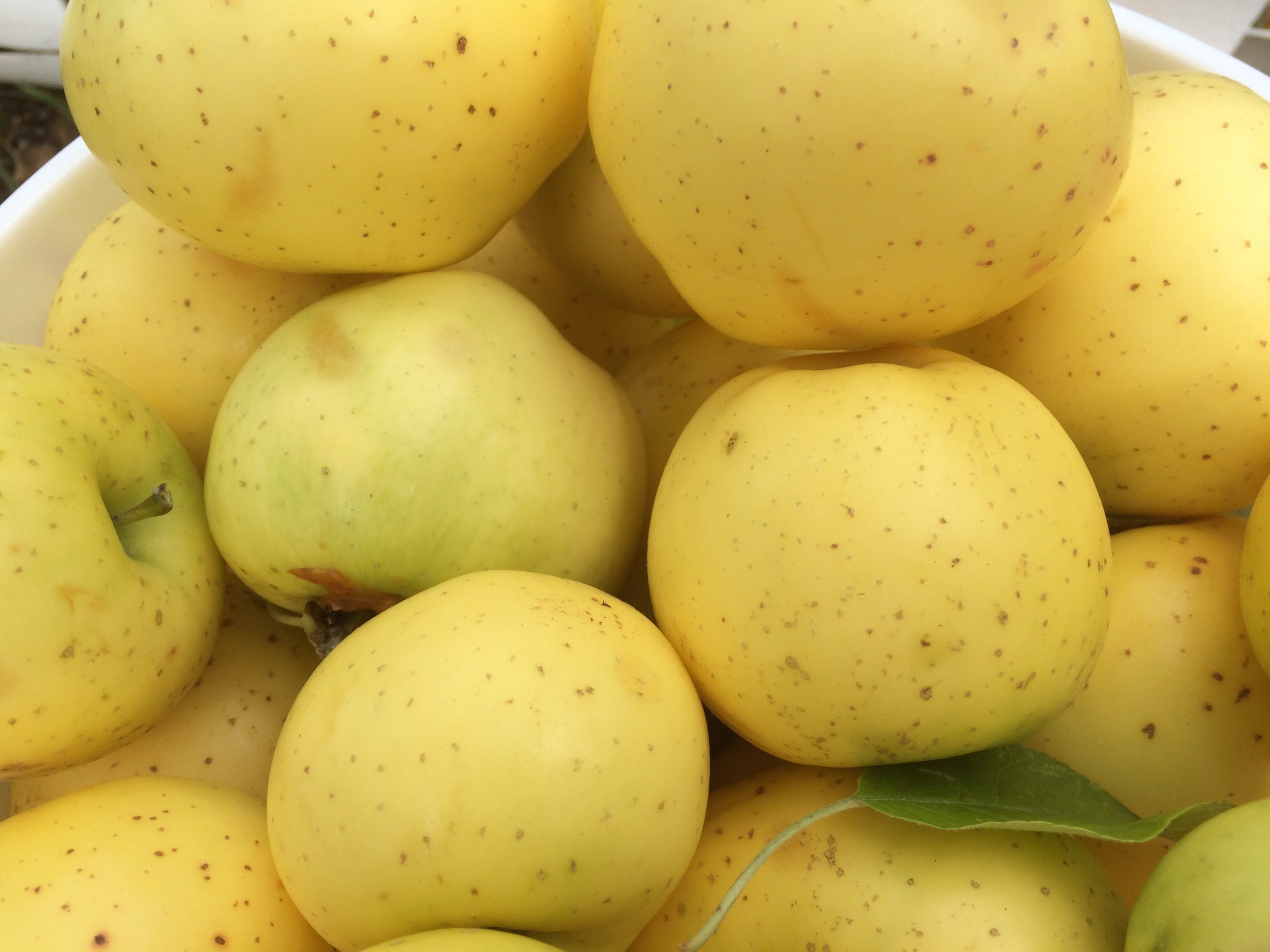
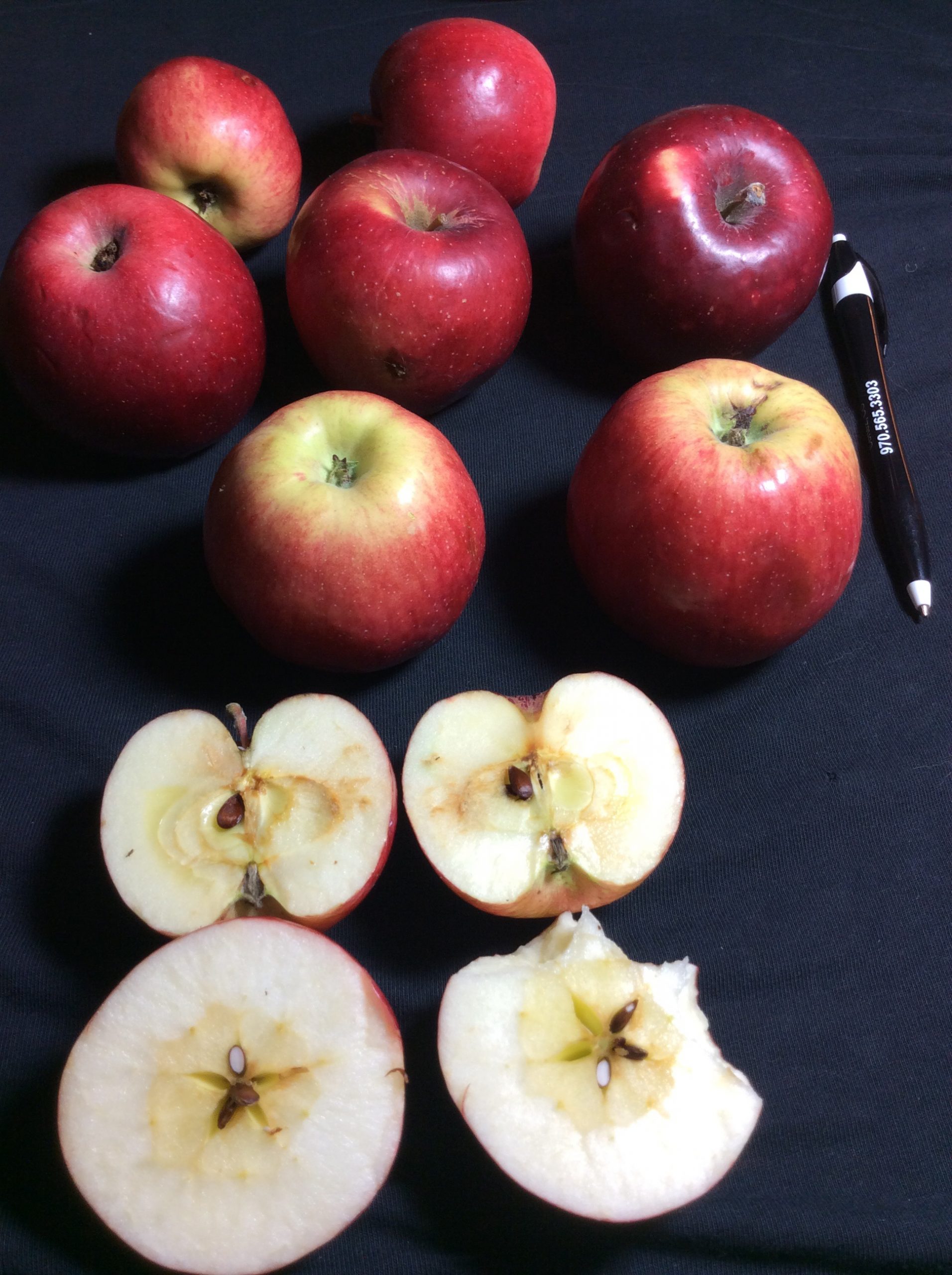
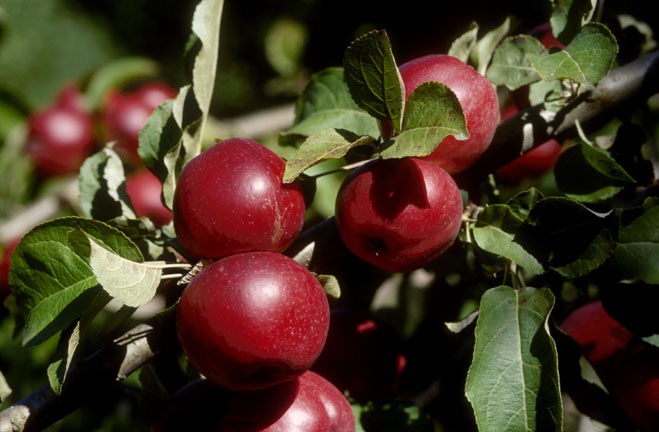
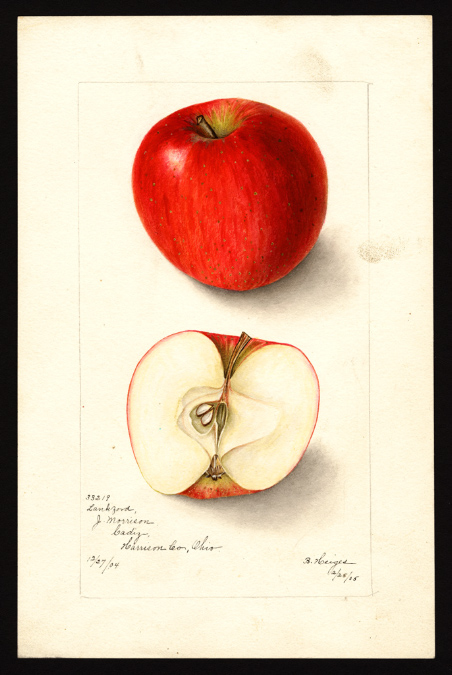
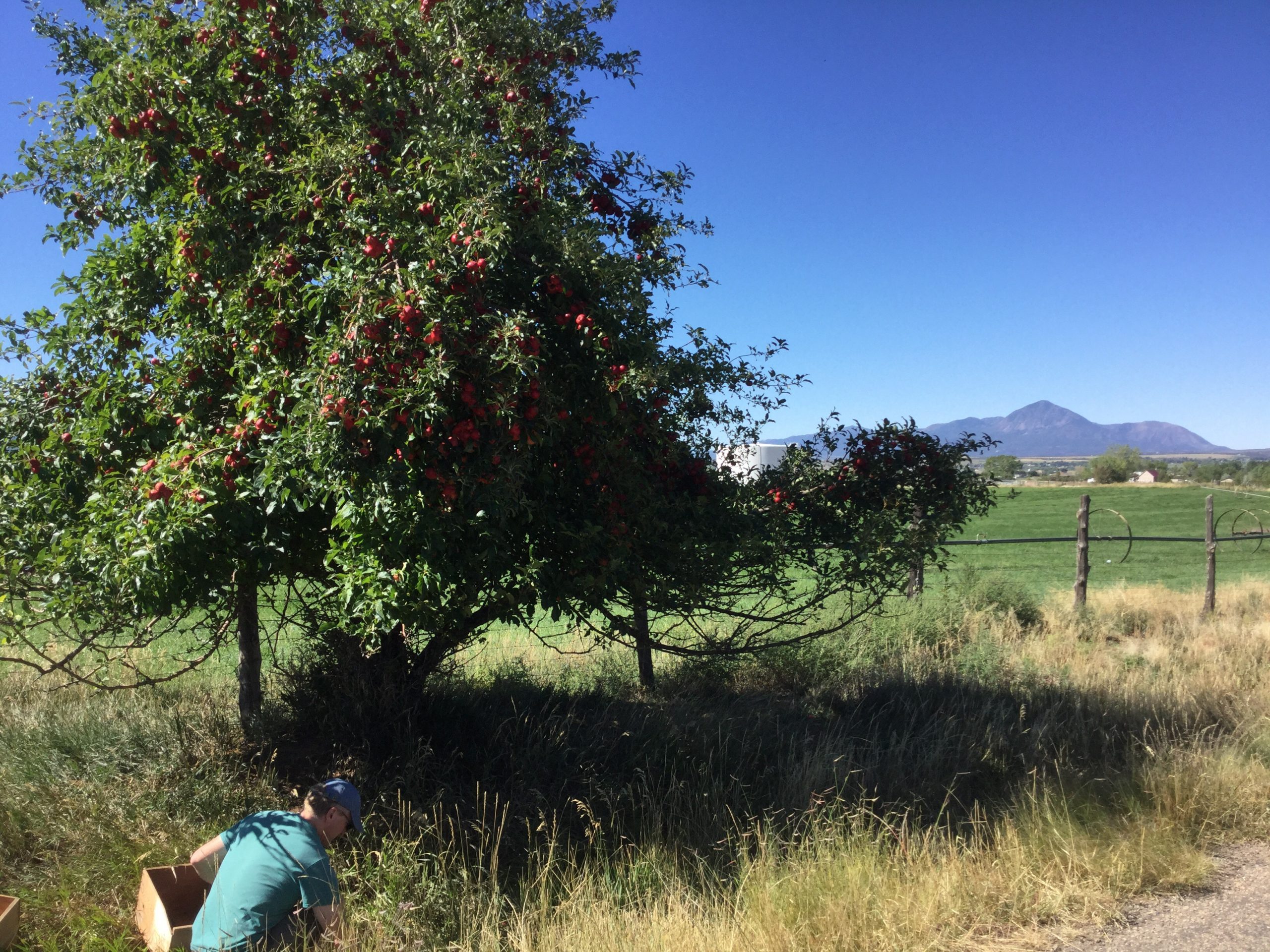
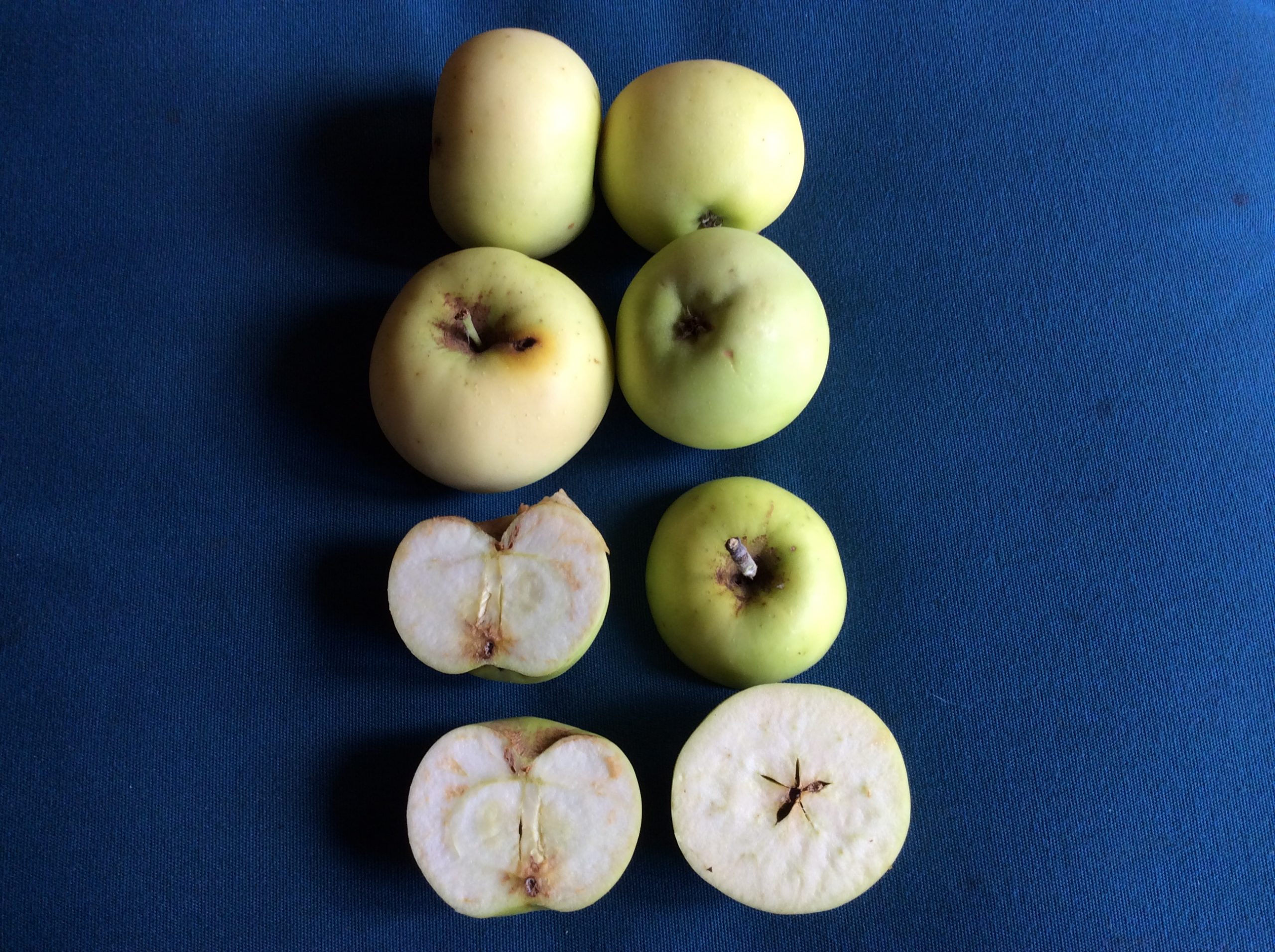
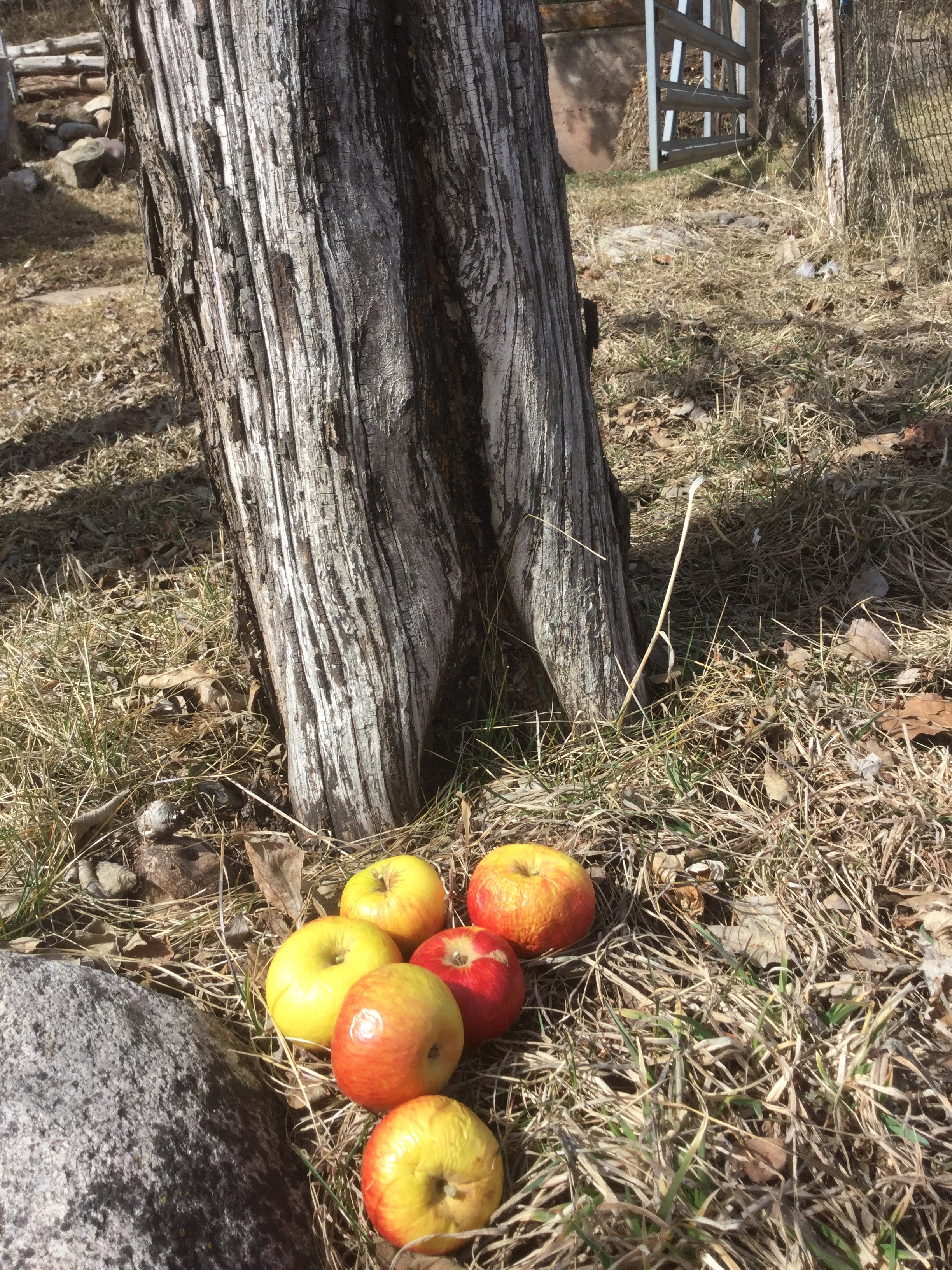

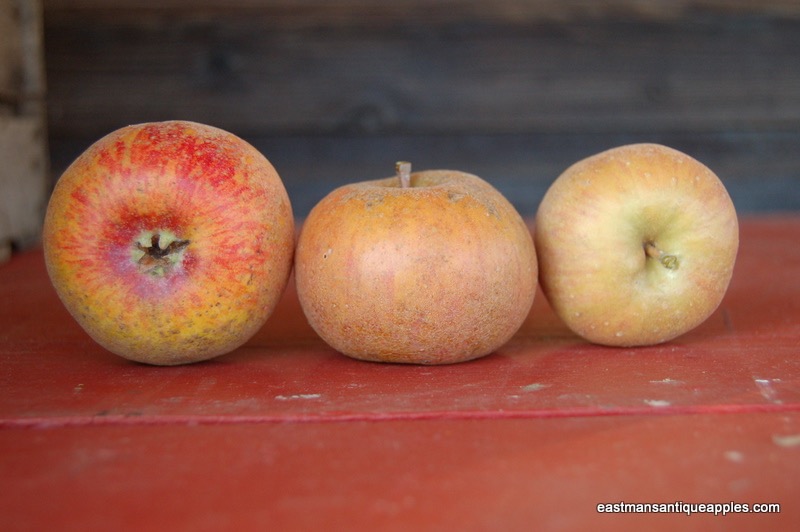
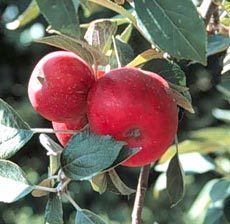
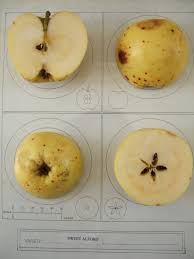
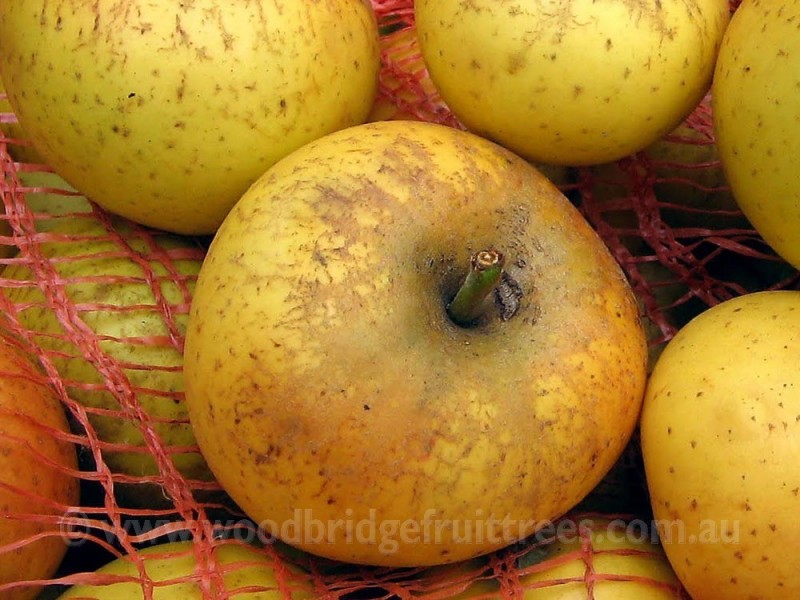
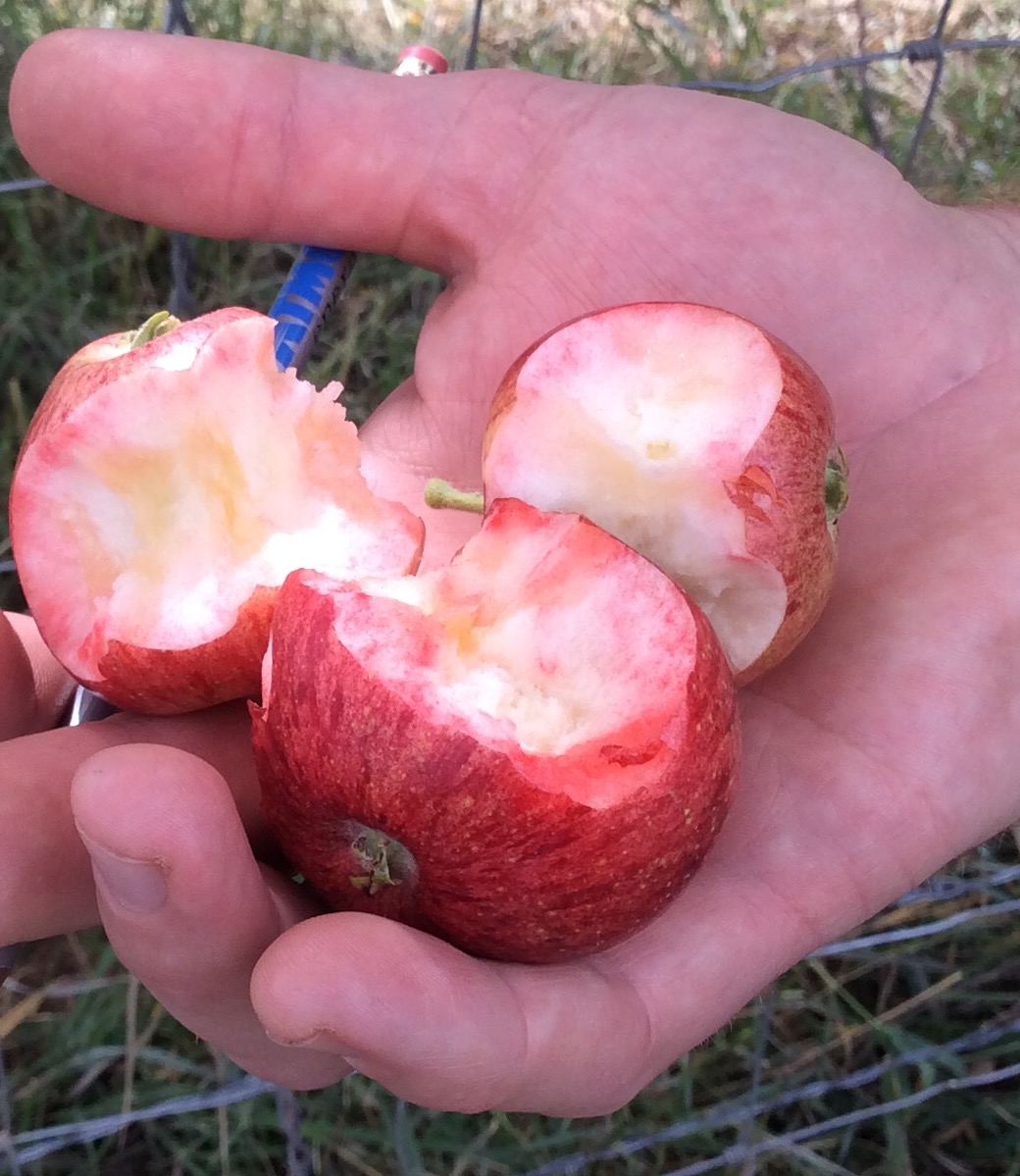

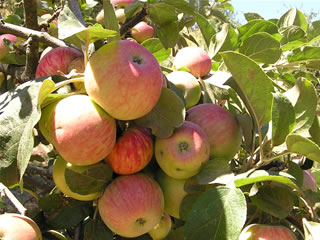
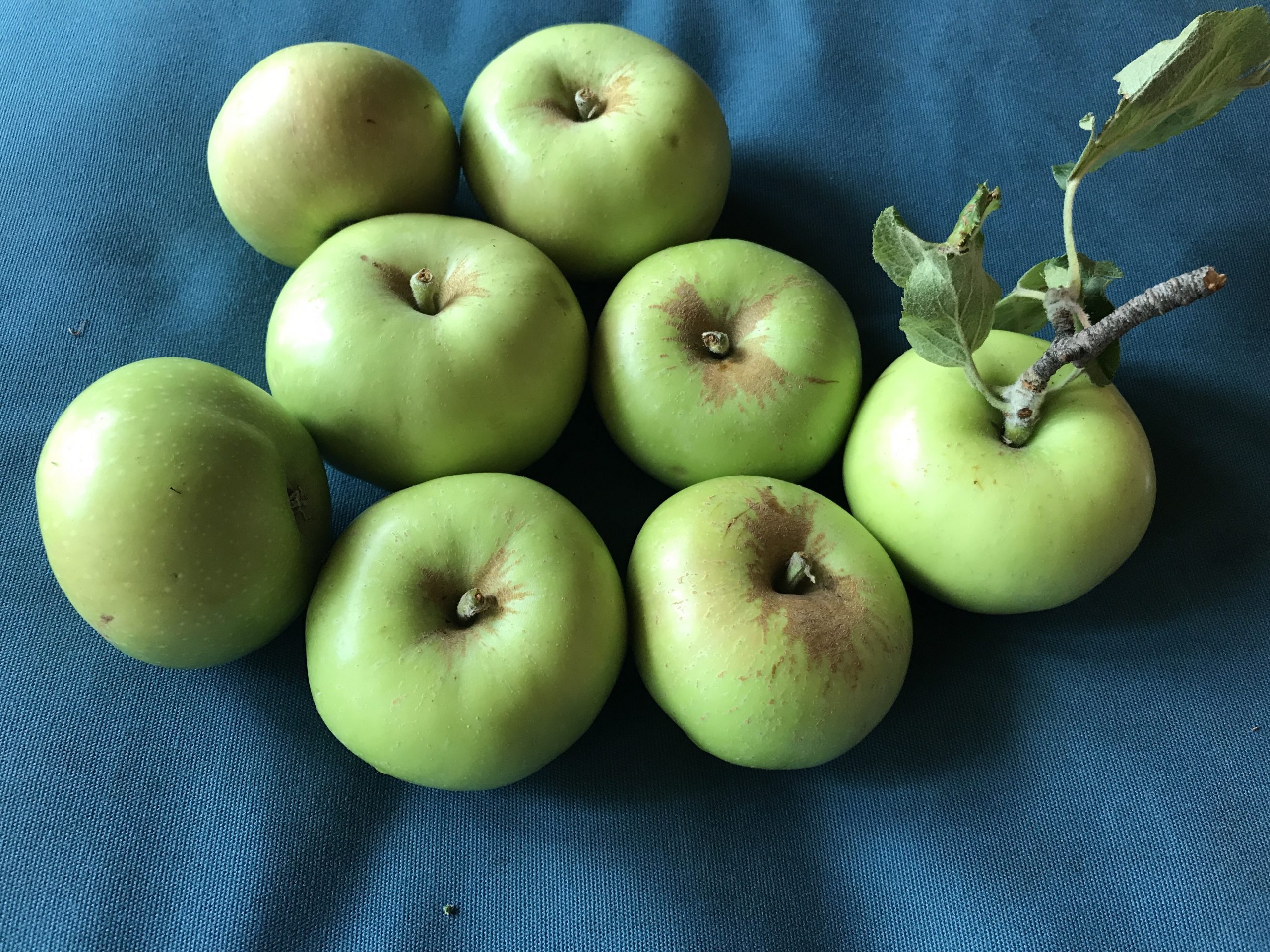




You must be logged in to post a comment.